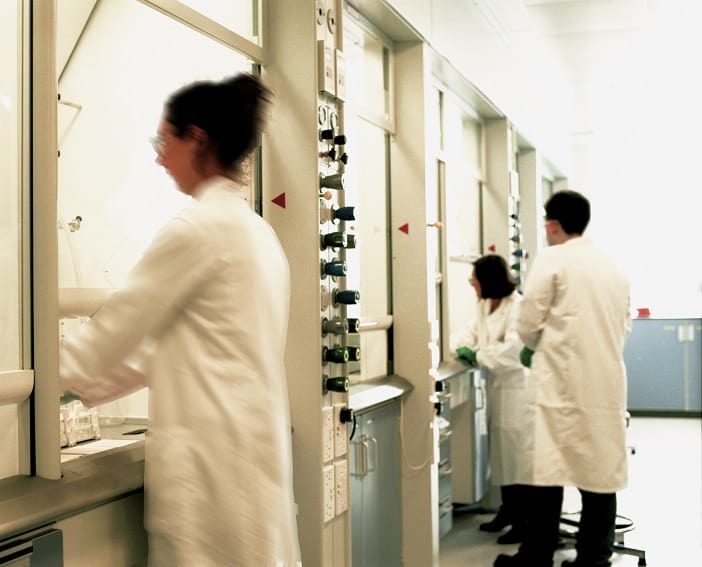
Pharma deals crucial to cutting R&D costs
pharmafile | December 16, 2015 | News story | Research and Development | GlobalData, R&D, drug development, pharma, research and development
With the average cost of getting a novel drug to market at almost $2.5 billion, and few products achieving blockbuster status, deal-making is becoming increasingly vital for pharma companies to offset rising R&D costs, industry analysts say.
A report by business intelligence provider GBI Research finds that pharma companies are considering various strategies to overcome the current challenges in the market: rising R&D costs, a tighter regulatory environment – such as changes to patent laws – and the struggling global economy, with deal-making the foremost method of boosting short-term revenues.
Priyatham Salimadugu, an analyst for GBI Research, says collaborative deals can help pharma firms to enhance their research and regulatory approaches. Cutting these pharma deals can also aid portfolio expansion and diversification, geographic expansion, entry into niche markets, commercialisation, and sales.
Salimadugu explains: “Small companies that primarily carry out research, development and production activities are looking towards entering into agreements with key industry leaders. They are seeking to utilise their strengths in terms of commercialisation expertise and global presence in order to boost their revenues.
“Meanwhile, big pharma corporations keen to secure novel and promising molecules are willing to co-operate with small players to expand their portfolios and reduce R&D risks.”
The analyst adds that the shift from small molecules to large molecules, such as antibodies and proteins, has created new opportunities in the pharma industry, leading to increasing deal numbers.
GBI Research’s CBR Pharma report also states that overall pharma deal values remained between $110 billion and $160 billion from 2010 to 2014, but will rise markedly this year. Total value of deals hit $261 billion just to July, and more recent deals increasing this figure considerably for the full year.
Salimadugu continues: “Deal volume and value have so far increased in 2015 compared with 2014. This creates a pyramid whereby more companies are developing drug molecules at the bottom of the pyramid, than commercialising them at the top, as typified by Pfizer’s recent $160 billion takeover of Allergan.
“Partnerships were the most popular type of deal between January 2014 and July 2015, followed by licensing deals and acquisitions. Though acquisitions were fewer, the disclosed deal value for this category was the highest.”
For more market analysis of deal trends in the pharmaceutical industry from GBI Research, and its parent company GlobalData, visit Pharmafile.com’s Market Reports page. Reports from these providers are currently offered at a 10% discount on the list price on Pharmafile.com. Please ask the team for further details, or to request a sample of any report before purchase.
Related Content

Evotec and Dewpoint Therapeutics enter strategic partnership
Evotec and Dewpoint Therapeutics have announced a strategic R&D collaboration for the advancement of Dewpoint’s …

BMS shares new research and development plans at the company’s R&D day
Bristol Myers Squibb (BMS) recently held a Research and Development (R&D) Day in New York, …

FDA approves IMIDEX’s AI-powered device VisiRad XR
The technological pharmaceutical company IMIDEX has been granted clearance from the US Food and Drug …








